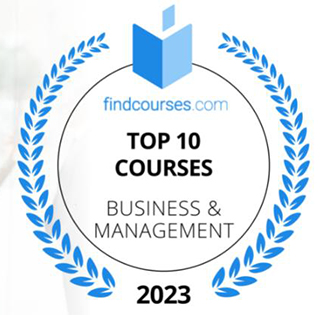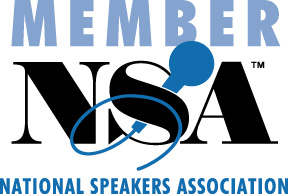Microsoft's Trust 2.0 Initiative
In its Winter 2008 cover story, Business Strategy Review (published by the London School of Business) took a probing look behind the scenes at Microsoft. They examined an intriguing program within Microsoft called the 42Projects Initiative. Dr. Mike Armour has contributed regularly to this initiative since 2007, and Business Strategy Review notes his participation.
The initiative takes its name from A Hitchhiker's Guide to the Galaxy and is largely a "grass-roots" program to enhance innovation at Microsoft by engaging Generation Y employees more creatively. The Business Strategy Review article, entitled "Game On: Theory Y Meets Generation Y," was written by Julian Birkinshaw and Stuart Crainer, co-editors of the journal. Both are from the University of London's School of Business. Birkinshaw, a professor of Strategic and International Management, is also the co-founder of the Management Innovation Lab.
From the outset, leaders of the 42Projects Initiative realized that Generation Y workers come to their careers with genuine misgivings about the trustworthiness of corporations. A very large percentage of these young workers were at very impressionable ages when their parents lost seemingly secure jobs in the financial downturn of the late 1980s. They and their peers never forgot how unsettling that experience was for their families.
It seemed apparent, therefore, that to engage these workers fully, Microsoft needed to make trust-building a strategic initiative. Since the concept of strategic trust-building is central to Dr. Armour's latest book Leadership and the Power of Trust, the leaders of the 42Projects Initiatives became the first volume buyers for his book. Later he spent time at Microsoft headquarters discussing the principles of trust-building with the team, and he continues to join the group regularly for phone conferences on the subject.
The 42Projects Initiative is spearheaded by Ross Smith. Initial participants came primarily from the Windows Security Test Team. But leadership and participation have now spread far beyond the security test team. At least 200 people within Microsoft are currently involved. It is a low-budget, self-directed effort to prototype new management and leadership strategies that could be replicated across the Microsoft universe. Because of its early success, the initiative is steadily gaining broader recognition at Microsoft and has gained the attention of top management.
Because 42Projects aims at engaging Generation Y workers more fully, Ross and his cohorts have pursued their initiatives using technology that is second-nature to these younger adults. This part of the 42Projects Initiative is known as Trust 2.0. It combines creative use of wikis, blogs, and productivity games to develop trust-building activities.
Applying these techniques, the Windows Security Test Team experienced a 28.5% increase in its effectiveness at isolating and eliminating defects in Windows products. Equally relevant, given the emphasis on innovation in 42Projects, is the employee response rate to this statement: "I am actively encouraged to pursue new and innovative ways to perform my job more effectively." In year-to-year comparisons, agreement with this statement increased 10-15% annually, so that now 97% of the workers agree with it.
For those who would like to know more about 42Projects and Trust 2.0, Ross and his team have made many of their internal working resources available at 42Projects.org.





